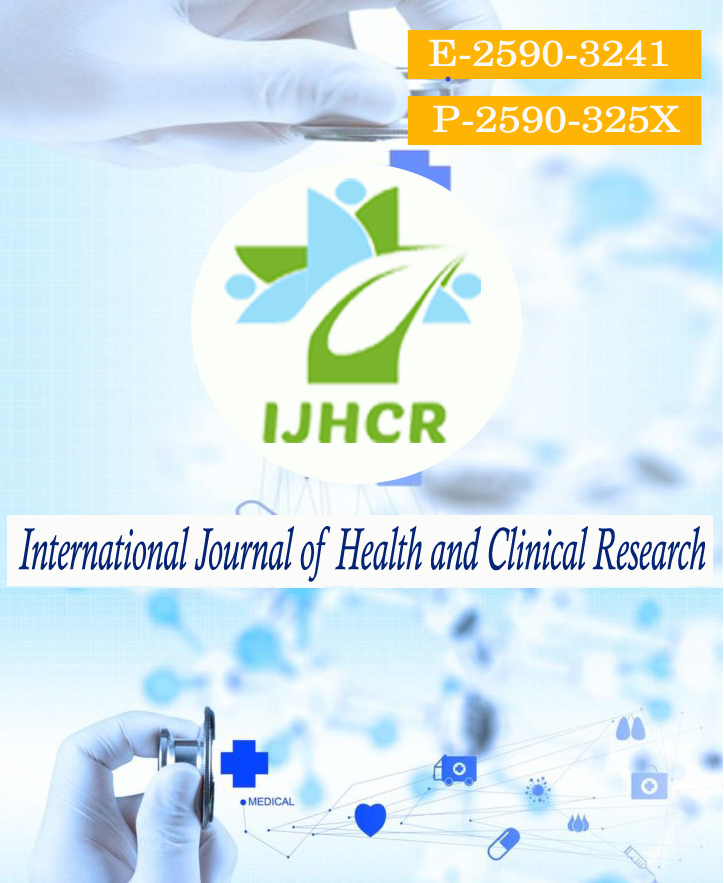Frequency Estimate and Assessment Of Risk Factors For Postoperative Morbidity After Third Molar Removal
Keywords:
Molar Teeth, Third Molar, Molar Extraction.Abstract
Aim: This study aims to determine the relationship of pre-operative clinic radiographic variables, difficulty index and the complications after extraction of impacted mandibular third molar. Material and Methods: During the period of study 110 number of patient reported to the investigator. There were total 70 subjects who underwent surgical removal of impacted mandibular third molar. A standard wards incision was given to expose the tooth. The bone removal was done by buccal guttering technique. All the patients were given antibiotic and analgesic for equal number of postoperative days.The clinical status of all third molars was recorded as unerupted (not at all visible), partially erupted (occlusal surface partially visible, erupted (occlusal surface completely visible) or missing. Orthopantomograms were taken for all the entire subjects in order to read the level of eruption, angulation, third molar space, mesio-distal length of the impacted third molar. Result & Conclusion: The most common postoperative complication were Trismus 92%, Pain 91% and swelling 86% followed by dry socket 8.96% and Paresthesia in 2.99%
Downloads
Published
How to Cite
Issue
Section
License
Copyright (c) 2023 Abhishek Pathak, Ashish Mathur

This work is licensed under a Creative Commons Attribution 4.0 International License.






 All articles published in International Journal of Health and Clinical Research are licensed under a
All articles published in International Journal of Health and Clinical Research are licensed under a 